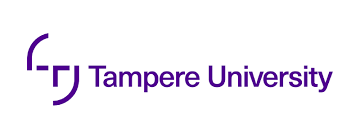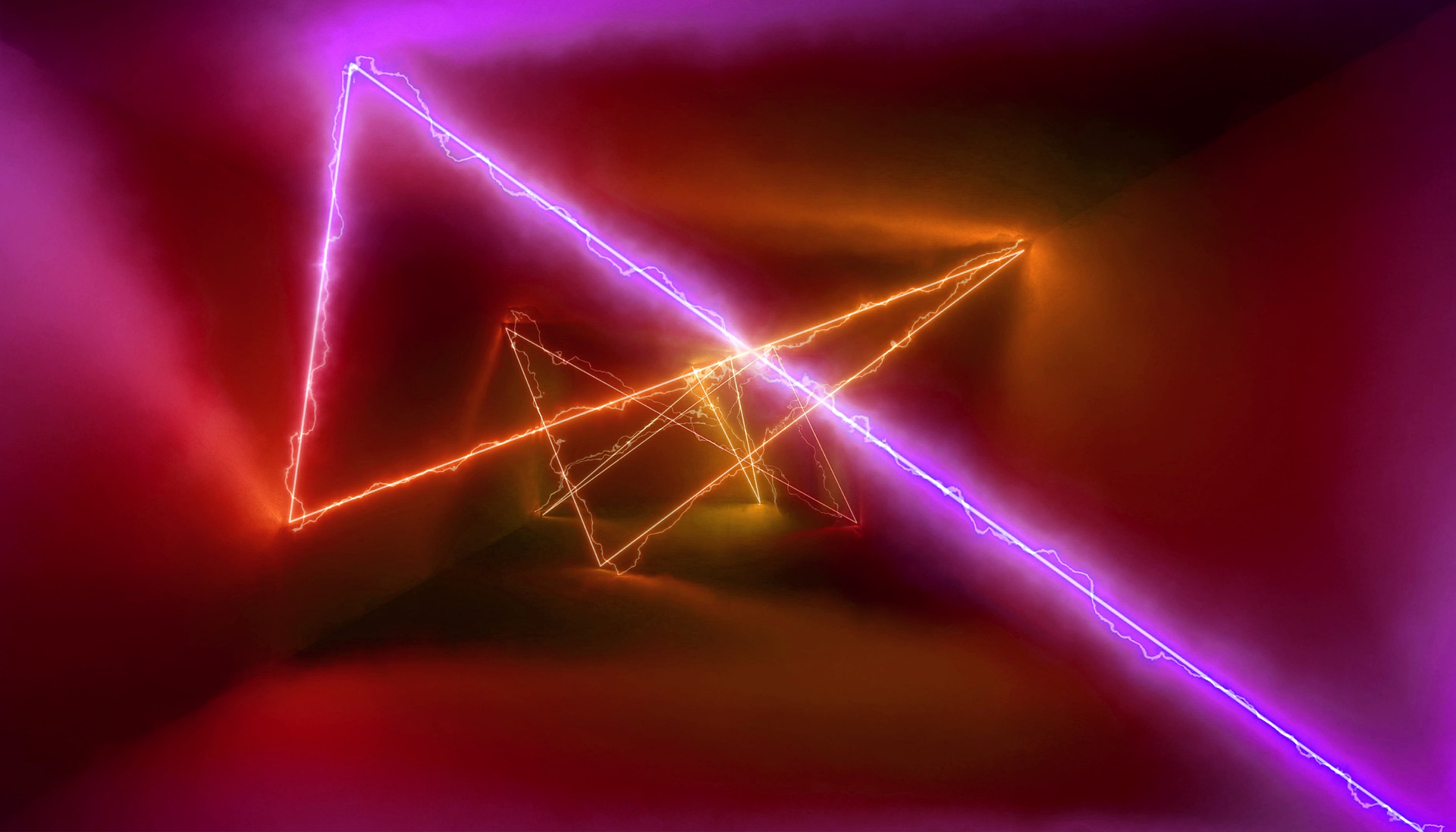
Sure Boost For Quantum Tech
Two researchers at Tampere University, Finland, have been successful in demonstrating how two interfering photons can bunch into complex shapes, opening up greater possibilities in measurement and sensing techniques. Their findings, published in the journal Physical Review, could be good news for quantum technologies by allowing the safe transfer of data and performing extremely quick photonic computations.
The pair, Robert Fickler and Markus Hiekkamäki, were able to control — in an almost perfect way — the spatial shape of a photon. With it, they now hope to develop new quantum-enhanced sensing techniques, investigate more complex spatial structures of photons and, at the same time, forge the latest approaches for computational calculations and architecture based on quantum states.
“Our report shows how a complex light-shaping method can be used to make two quanta of light interfere with each other in a novel and easily tuneable way,” said Markus Hiekkamäki, a Ph.D. student at Tampere University.

Highly complex phenomena, single photons (units of light) are important in such areas of quantum information science (QIS) as computational quantum operations, quantum cryptography and ultra-sensitive measurement tasks. For these structured photons to be effective, they are required to interfere with other photons.

Robert Fickler, who leads the Experimental Quantum Optics group at the university and an author of the paper, said:
“One crucial task in essentially all quantum technological applications is improving the ability to manipulate quantum states in a more complex and reliable way. In photonic quantum technologies, this task involves changing the properties of a single photon as well as interfering multiple photons with each other.”
One thing that can’t be stressed enough on the development is in regard to high-dimensional quantum information science, where more than a single bit of quantum information is used per carrier. Here, quantum states are much more complex, though more noise-resistant in different environments while allowing the encoding of more information onto a single photon, a boon for researching novel types of linear optical networks.
Inspire More Research
“Our experimental demonstration of bunching two photons into multiple complex spatial shapes is a crucial next step for applying structured photons to various quantum metrological and informational tasks,” said Hiekkamäki.
“We hope that these results inspire more research into the fundamental limits of photon shaping. Our findings might also trigger the development of new quantum technologies, e.g. improved noise-tolerant quantum communication or innovative quantum computation schemes, that benefit from such high-dimensional photonic quantum states,” added Fickler.
Whether the duo’s investigation on complex shapes of photons will improve upon the groundwork already set out by other researchers in quantum technologies is yet to be seen, but the outlook is good, nevertheless. This, coupled with Finland’s small, but thriving quantum ecosystem, gives the Finns a clear advantage for further development in this area.
If you found this article to be informative, you can explore more current quantum news here, exclusives, interviews, and podcasts.
















